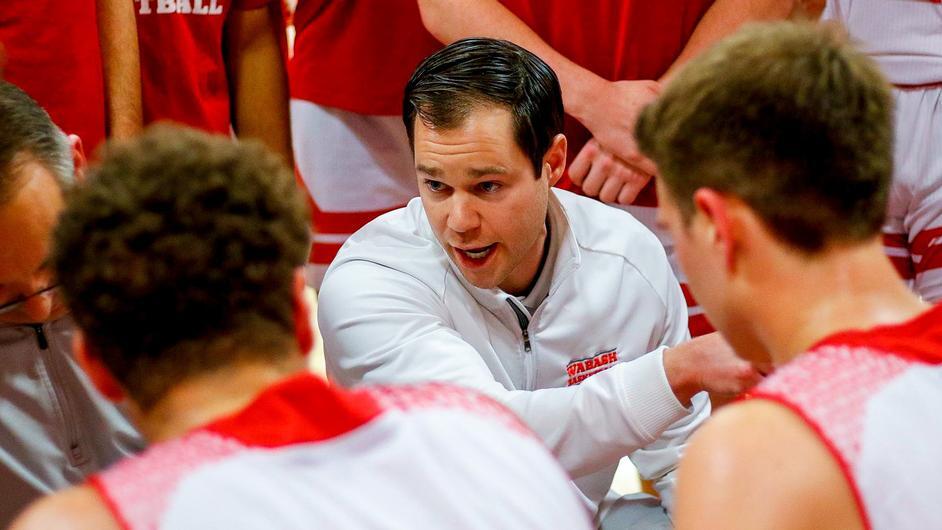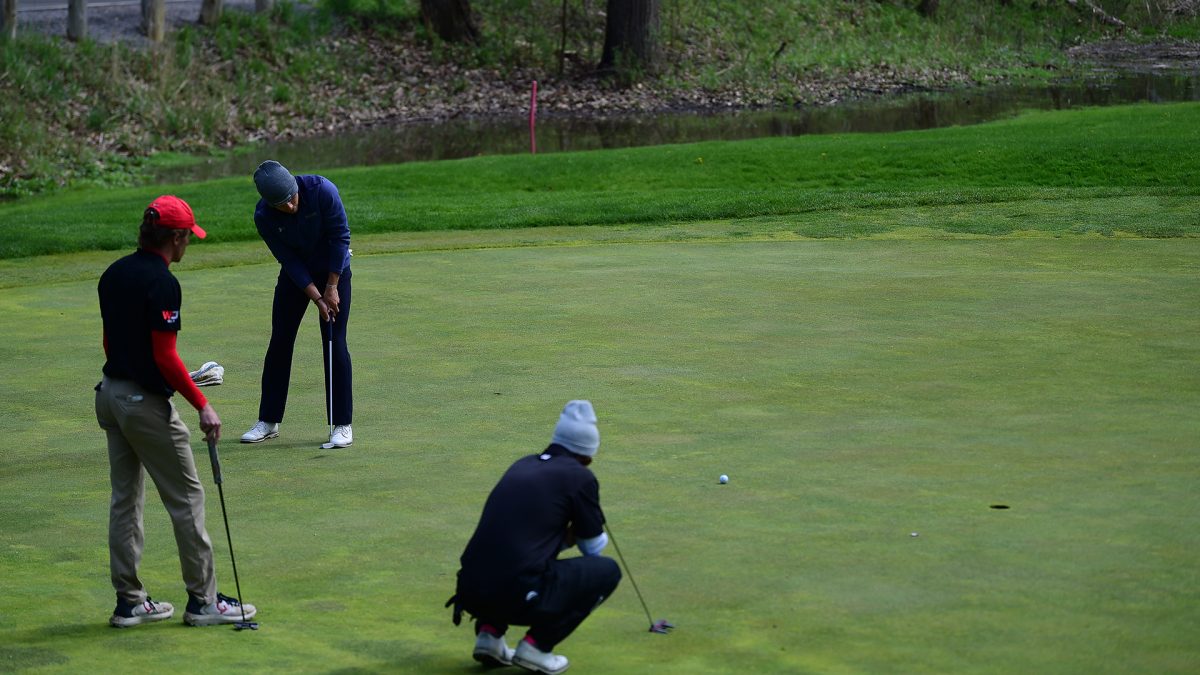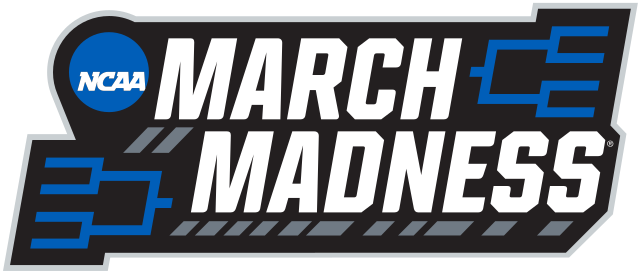On Sept. 30, 2019, college athletes in the state of California received news that broke a long-standing stigma regarding being paid to play sports — by 2023 they would be able to receive compensation for their name, image and likeness.
NCAA officials despised the idea, calling it “harmful,” “unconstitutional” and “an existential threat” to college sports, according to The Atlanta Journal-Constitution. Governor Gavin Newsom, on the other hand, labeled it as “the beginning of a national movement.” Newsom was right.
Other states immediately jumped on board, even pushing the enactment date ahead to July 1, 2021. A surge of income was on its way for collegiate athletes.
After the initial effort to make this change, there was a long string of court cases and meetings held with the NCAA’s governing body. They were attempting to disarm the threat to their billions of green notes that were being ripped off the backs of the athletes who were making the NCAA’s product possible.
When June 21, 2021, rolled around, the U.S. Supreme Court unanimously ruled that the NCAA cannot limit education-related benefits to athletes.
“Nowhere else in America can businesses get away with agreeing not to pay their workers a fair market rate on the theory that their product is defined by not paying their workers a fair market rate,” wrote Justice Brett Kavanaugh.
On July 1, 2021, college athletes across the nation began signing endorsement deals within hours of NIL laws going into effect.
There were several high-paying contracts to strike the market, and the wealth among players has only grown since its birth.
Here’s the catch — the only people to make money off these deals are individuals that the public sees as being worthy. Whether it’s a famous TikToker with millions of followers or a top quarterback in the country on the verge of bringing a national championship to his school, the selection for who gets how much is slim.
Typically, this means most Division II and III athletes do not get considered to be sponsored by a company.
It seems unfair. There are plenty of athletes in lower divisions who work just as hard as the most recognizable faces.
Still, because they do not get the popularity higher-staged athletes do, nobody has batted an eye until now.
A recent article from the Allegheny Athletic website detailed four Division III conferences — The Heartland Collegiate Athletic Conference, the North Coast Athletic Conference, the Ohio Athletic Conference and the Presidents’ Athletic Conference — that will be participating in the Opendorse Bowl Series next year.
Opendorse is a leading NIL company and athlete marketplace that will sponsor the event. Over 100,000 athletes use Opendorse to gain monetary value through their name, image and likeness.
The bowl series will feature the highest-ranked team to not make an NCAA tournament appearance from each conference.
For the upcoming season, games will be played at Tom Benson Hall of Fame Stadium in Canton, Ohio, on Nov. 23.
OAC Commissioner Sarah Otey said this idea has been in the works for a while.
“I think I speak for all four conferences in expressing my excitement for this event,” Otey said. “The four leagues had been considering bowl options for several years, but wanted to make sure we were able to deliver a special student-athlete experience and do so in a way that invests in our local communities. The opportunity to host an event like this at Tom Benson Hall of Fame Stadium – and provide Division III student-athletes a chance to play in such an incredible venue – will be great for our conferences, the sport, and all of Division III.”
Not only does this offer a chance for teams to extend their season and have additional chances to compete, but Opendorse has sweetened the deal by offering year-round NIL services for the participating conferences. More information will be available about the specific opportunities provided for athletes in the future.
Aside from football, other sports will also be able to connect with Opendorse to entertain endorsement deals.
Athletes have long awaited this moment. It is often difficult to make money as a student-athlete. As a former Division III collegiate baseball player, I count this as a big step forward.
Division I and Division II schools offer their athletes athletic scholarships, which is a luxury Division III does not have. It makes it all the more beneficial to NIL deals, and Opendorse is offering a chance that allows hard-working individuals to get compensated for the job they have taken on.










